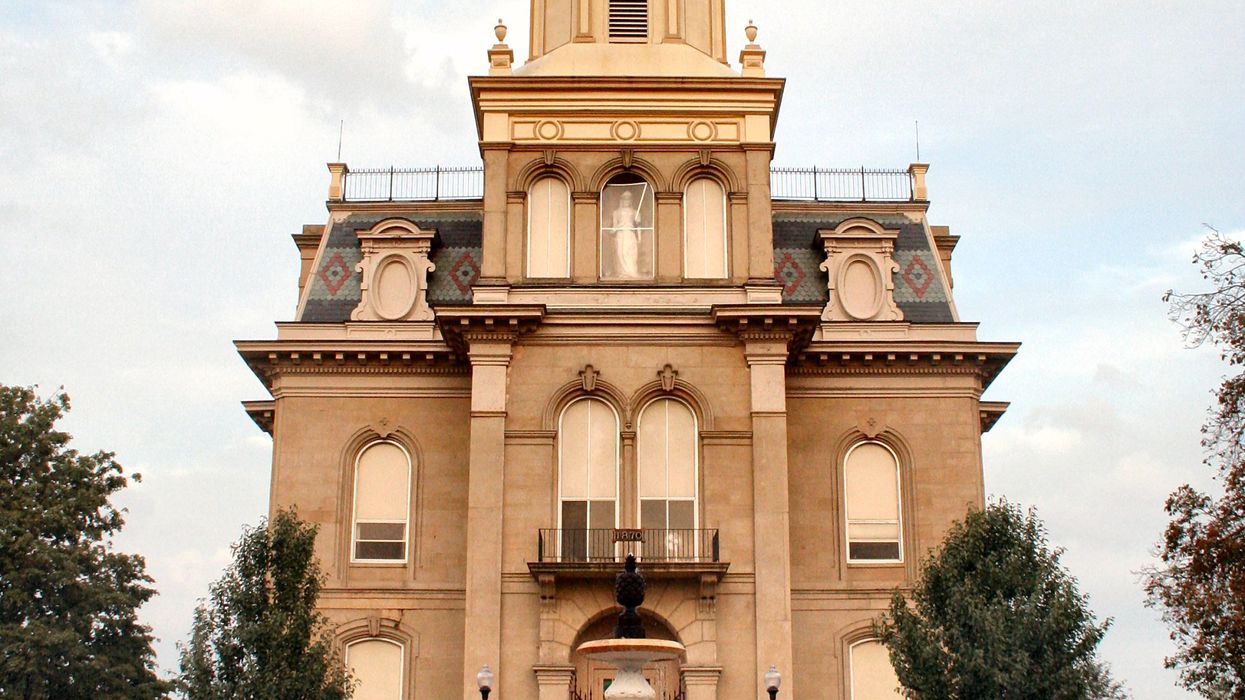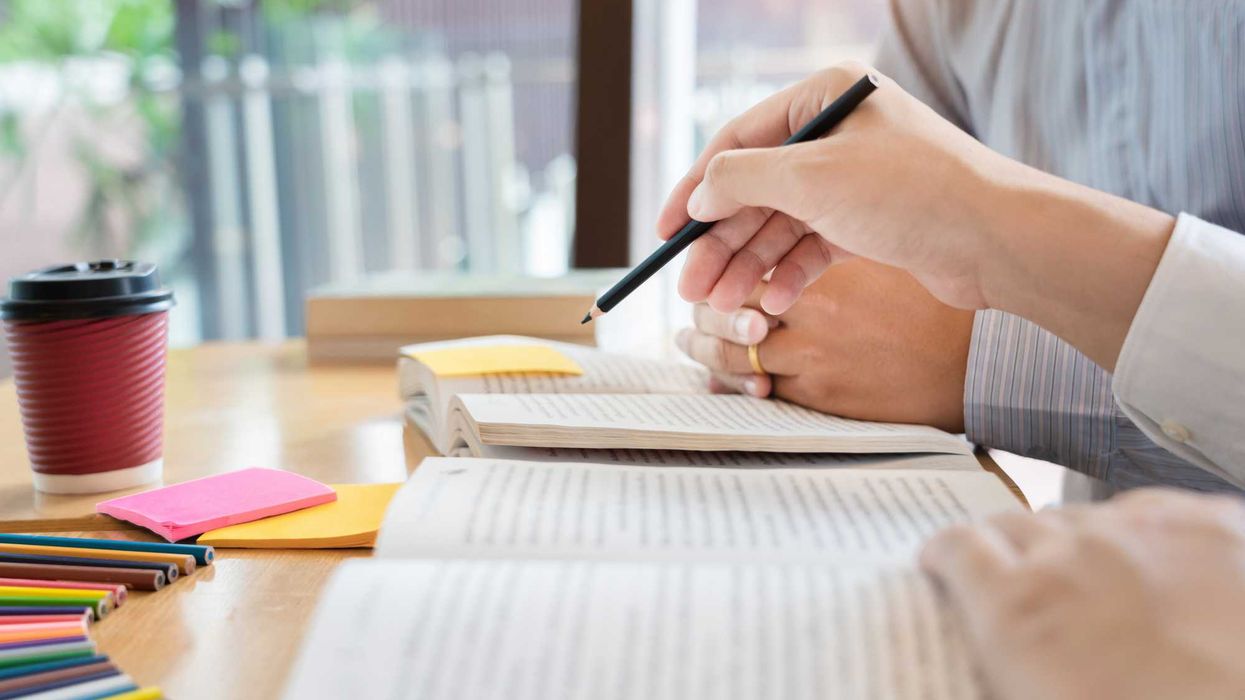Harwood is president and founder of The Harwood Institute. This is the latest entry in his series based on the "Enough. Time to Build.” campaign, which calls on community leaders and active citizens to step forward and build together.
It’s a natural human impulse to make assumptions about other people. To make snap judgments based on little, or sometimes even no, information. And in today’s divided political climate, our assumptions are often colored by our political preferences.
Consider Logan County, Ohio. It’s over 90 percent white, largely conservative and rural. It happens to be in the district representated by Jim Jordan, a founder of the House Freedom Caucus and one of the most vocal members of congress.
I was just in Logan County — and nearby Union County — to hold an in-person Getting Started Lab, a two-day experience that trains leaders in the Harwood Institute approach and equips them to become catalytic actors. This lab is part of our larger effort there in partnership with the local United Way to catalyze community-led change and build the community’s civic strength by addressing what matters to people.
Everywhere my work takes me these days — from Jackson, Miss., to Fresno, Calif., to Flint, Mich. — I hear the same sentiment from Americans of all backgrounds, ethnicities, and political persuasions. Over and over, they tell me, “We want to focus on what really matters, find new ways to work together and demonstrate that we can move forward.”
Guess what? The leaders I met in Logan County said the very same thing.
Even better, they’re ready to get in motion. Sixty leaders came together for the lab to learn our approach and have formed three action Teams that will start to work on three areas: senior care, youth and health/mental health.
The excitement among these leaders when I showed them the possibility of a new path forward — one devoid of divisiveness and rancor — wasn’t just palpable, it was explicit. Early on day one of the lab, a participant reflected on the discussion we’d had to that point by saying, “This space that we’ve created together is refreshing because we’re not mired in discussions about culture wars. We’re talking about the future of our community.”
The Harwood Institute is engaged in similar long-term initiatives to lead community-driven change in Alamance County, N.C.; Reading, Pa.; Owensboro, Ky.; and DeSoto County, Fla. Every community we work with is iconic in its own way. They each have unique demographics, histories and challenges. Individually, they represent the different fault lines plaguing society today. Collectively, they showcase the beautiful possibility of what it looks like to form a more perfect union.
In every community, when we launch an initiative and hold a Getting Started Lab, people inevitably raise their hands to fill the labs. Afterward, teams form. And the teams immediately start to work on local concerns together.
Over time and without fail, the people who step forward in their respective communities end up unleashing a chain reaction. More people join the work over time as it spreads like a positive contagion. And the work invariably jumps to new areas beyond what the initial teams set out to address.
The takeaway? Amid all our division and mistrust, there’s a deep hunger among Americans to come together and put our communities — and the country — on a new path of hope. One that is grounded in a civic path forward, not more divisive politics. It’s why I’ve launched a new civic campaign called “Enough. Time to Build,” as a means of showing communities nationwide that there is a practical way for us to move forward if we reclaim the public square and unleash our capacity as builders and doers.
The Americans I meet in my work across this country yearn for practical, locally driven solutions to the challenges we face. Nobody I meet is looking for big, sweeping change or the promise of a quick fix. The leaders I met in Ohio were no exception. They were looking for proof that we have the will and ability to create change together, without leaving anyone behind. And they were ready to come together, even amid their real divides, to offer that proof.
I bump into a lot of people in this work who ask me, “What gives you hope?” In their question, I hear the anxiety and apprehension that’s accelerated in the years after Covid. And I feel the weight of the bleak future they often envision, one where our divides have overtaken us.
But that’s a question whose answer, for me, comes easily. I just have to think of the dozens of leaders I met a few weeks ago in Logan County, Ohio. They offer a beacon of hope to a nation in search of progress.




















